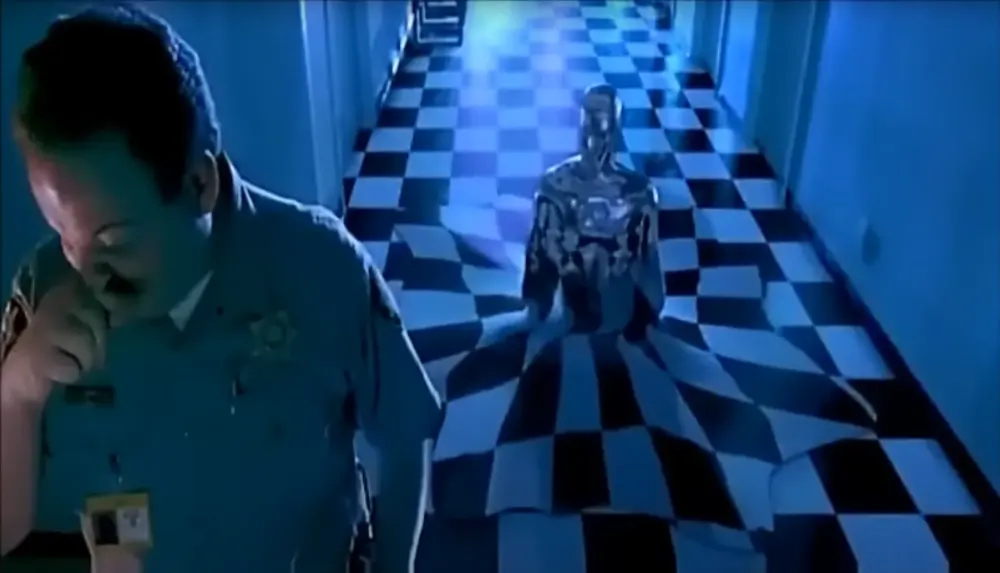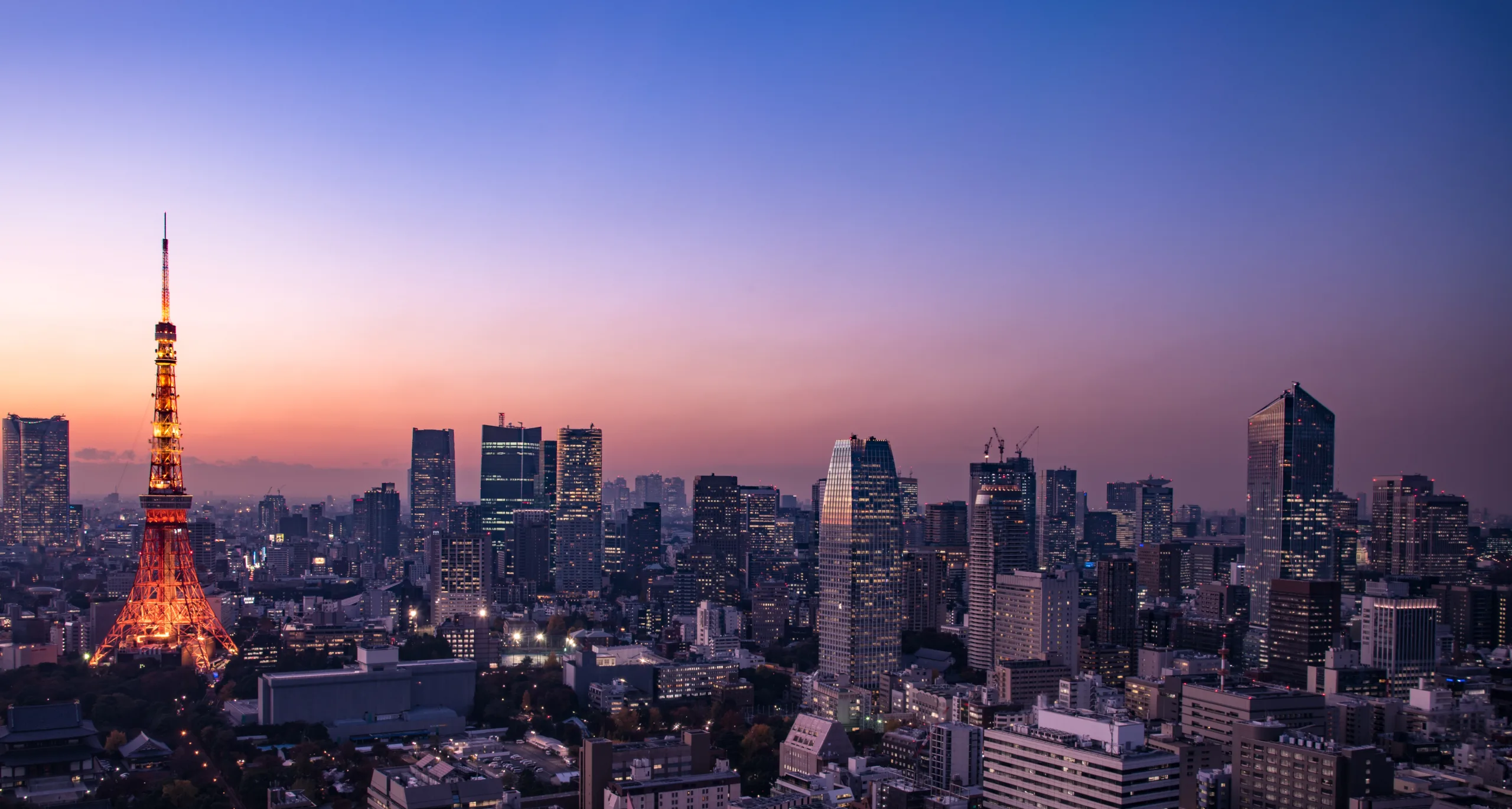
Wi-Fi is a power vampire: can it be slayed?
With energy prices remaining stubbornly high, the little things start to add up. A Wi-Fi hub might not consume much energy by itself, but it’s on round the clock, 365 days per year. And its energy demands are gradually ticking up, with the increasing popularity of mesh routers and the more demanding Wi-Fi 7. Wi-Fi is a power vampire and the industry needs to do something about it.
The good news: at this week’s Wi-Fi World Congress in Brighton, multiple companies pledged to tackle Wi-Fi’s bloodthirsty appetite for electricity.
The Wi-Fi power problem
The always-on nature of Wi-Fi routers means that, unlike many pieces of technology, they consume more energy during their lifetime than they do during their manufacture. Eighty-six percent of a Wi-Fi router’s total power consumption comes from usage, according to Paul Robson. As senior manager for tech strategy at Liberty Global, the parent company of Virgin Media, he should know.
Worse, the power demands of Wi-Fi equipment are steadily increasing. Mesh systems that dot multiple Wi-Fi hubs around homes and businesses are becoming an increasingly popular way to negate Wi-Fi dead spots. But that means multiple devices plugged in around the home or office instead of only one.
Newer Wi-Fi 6E and Wi-Fi 7 devices also increase bandwidth by accessing the 6GHz band, but they require extra radios inside the Wi-Fi router. More radios means more power.
An extra couple of watts may not make a big difference to you, but multiply that across tens of millions of homes and businesses. That extra power requirement could have a hugely significant impact. A saving of 2W on 25 million Wi-Fi hubs would generate 300-400 gigawatt hours of energy per year, roughly the equivalent of a coal power station’s output, according to Lionel Gremeau, product marketing director of SoftAtHome, a broadband software company.
Reducing Wi-Fi power
How can we reduce Wi-Fi’s energy appetite? “Wi-Fi powering needs to be smarter,” said SoftAtHome’s Lionel Gremeau.
That could mean intelligently adjusting the router’s power state so that it switches between full power, idle, light sleep and deep sleep modes, depending on what’s happening on the network at the time. Manufacturers could activate deep sleep mode overnight, for instance, when there is little or no traffic on the network. In that state, it might consume as little as 1W, potentially reducing overall power consumption by as much as 40%.
The router could be scheduled to enter different power states at certain times of day. Or users could press a button when they go to bed or leave the office at night.
Power modes could also be assigned dynamically. Liberty Global’s Paul Robson raised the prospect of Dynamic Eco Save modes, which the user must opt-out of rather than opt-in. No Wi-Fi 6E or Wi-Fi 7 devices on the network? Then turn off the 6GHz radios inside the router.
“It’s got to be seamless,” said Robson. “It’s got to work with every Apple device, every Samsung device. It’s absolutely key this is standardised.” Robson said the Wi-Fi 8 standard – which is several years down the line – would be the target for such measures.
There may come a point when Wi-Fi equipment manufacturers have no choice but to implement power-saving measures. The EU already imposes limits on the power of Wi-Fi signals and it may well impose device limits, too. “Part of the need will come from legislation,” said Robson. “The EU will demand that you have to use less than 8W on standby, or whatever.”
The vampires lurking inside our routers may need to find a new home.
NEXT UP

Tammas Ryan, Head of Customer Service at Edrolo: “The disruption caused by AI is likely to impact offshore customer service operations”
We interview Tammas Ryan, Head of Customer Service at Edrolo, a company providing teaching resources for teachers in Australia

Terminator 2 in 2024: liquid metal and soft robots are here today
Metals which stay fluid at room temperature aren’t a science fiction invention. In this T2 revisit, we explore liquid metal and soft robots.

Oracle to expand cloud and AI footprint in Japan with $8 billion investment
Oracle has announced that it will invest more than $8 billion over the next decade in cloud computing and AI in Japan.